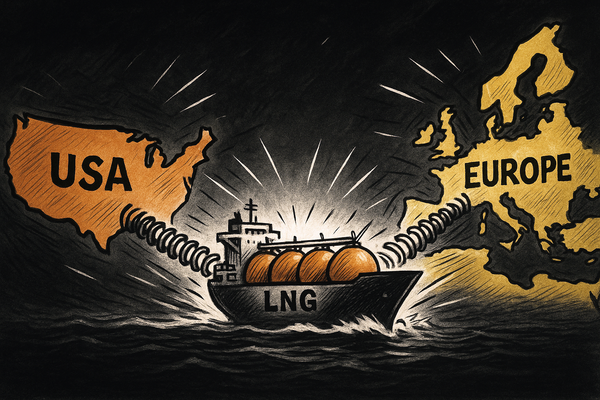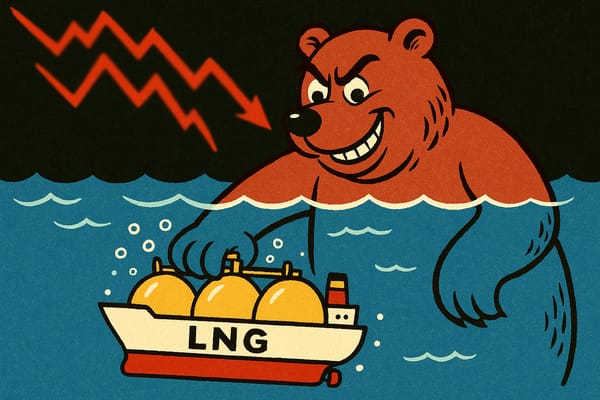Strike spike
EU LNG chart deck: 7-11 Aug 2023


Member discussion: Strike spike
Read what members are saying. Subscribe to join the conversation.
EU LNG chart deck: 7-11 Aug 2023


Read what members are saying. Subscribe to join the conversation.

Spread compression intensifies, but TTF is primed to snap back | Chart Deck — 12 Dec 2025

Negative US LNG profits & record-low Henry Hub-TTF correlation signal extreme market dislocation — and looming rebalancing

EU gas bear market spells trouble for LNG exporters | Chart Deck — 4 Dec 2025

Speculative capital prices in return of Russian gas to Europe, as global LNG glut deepens | Chart Deck — 27 Nov 2025